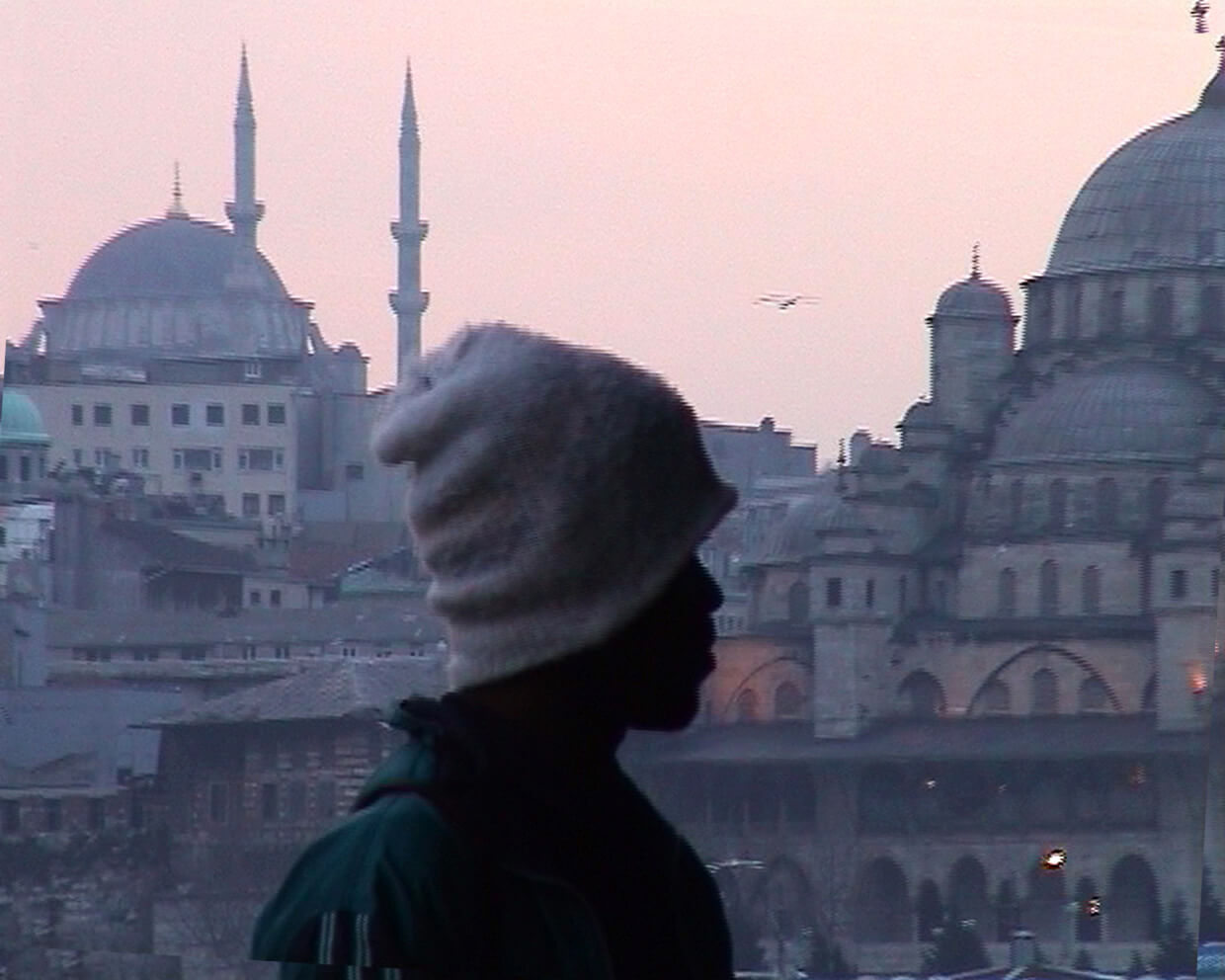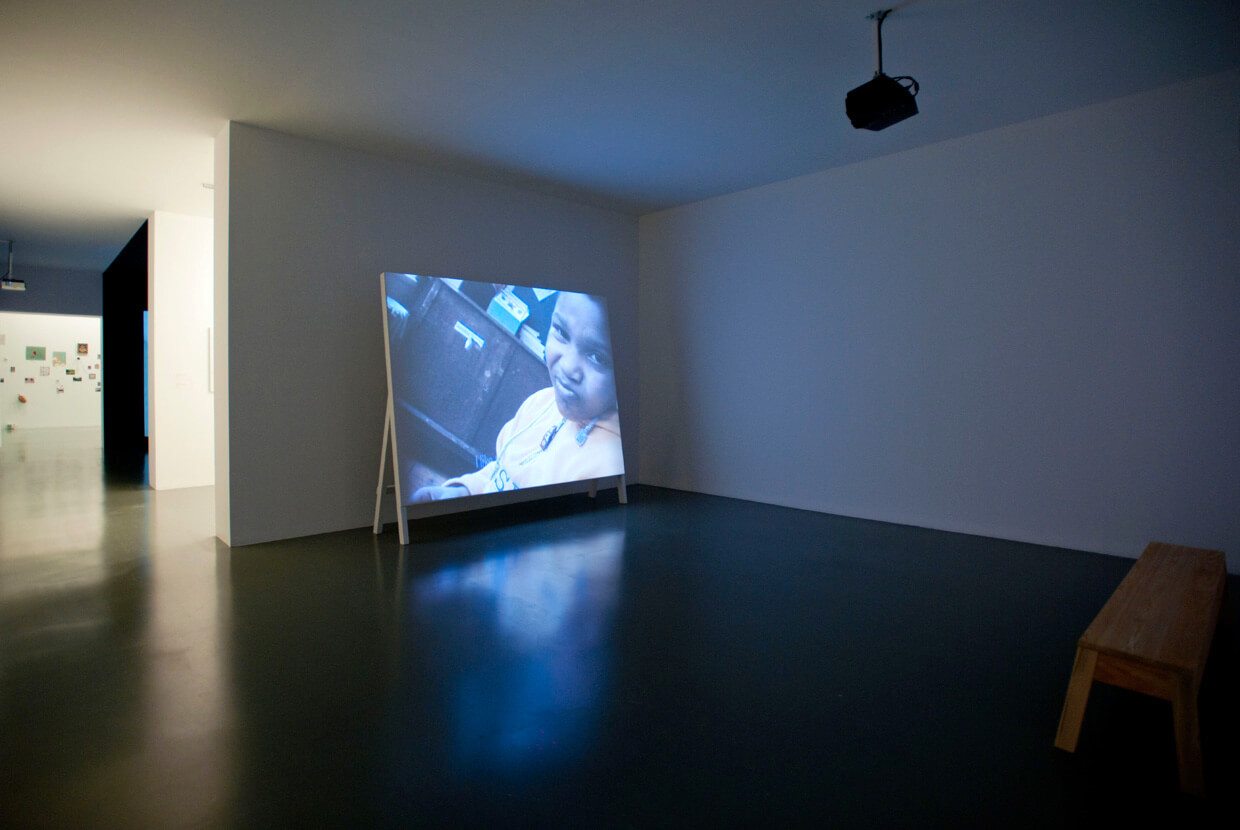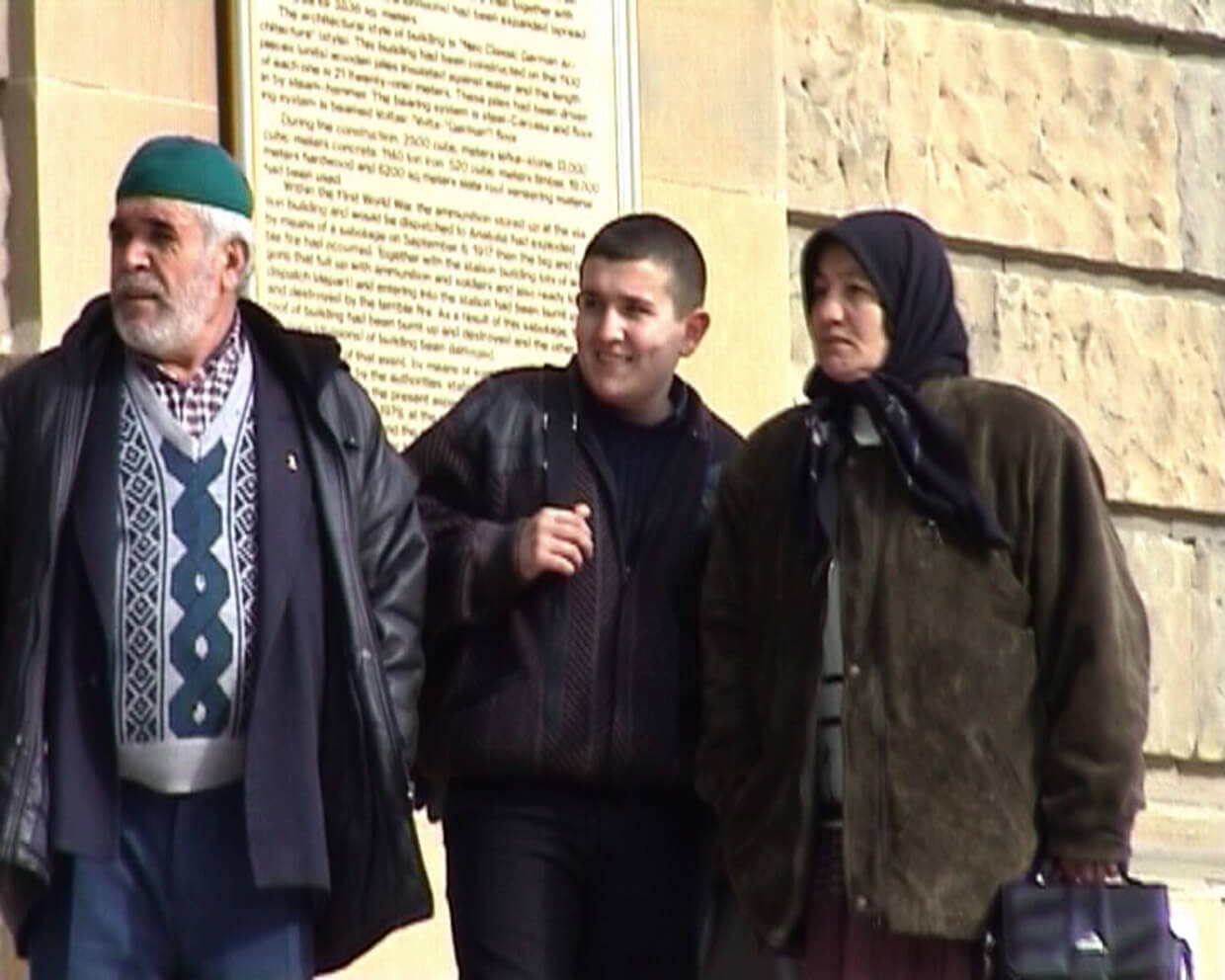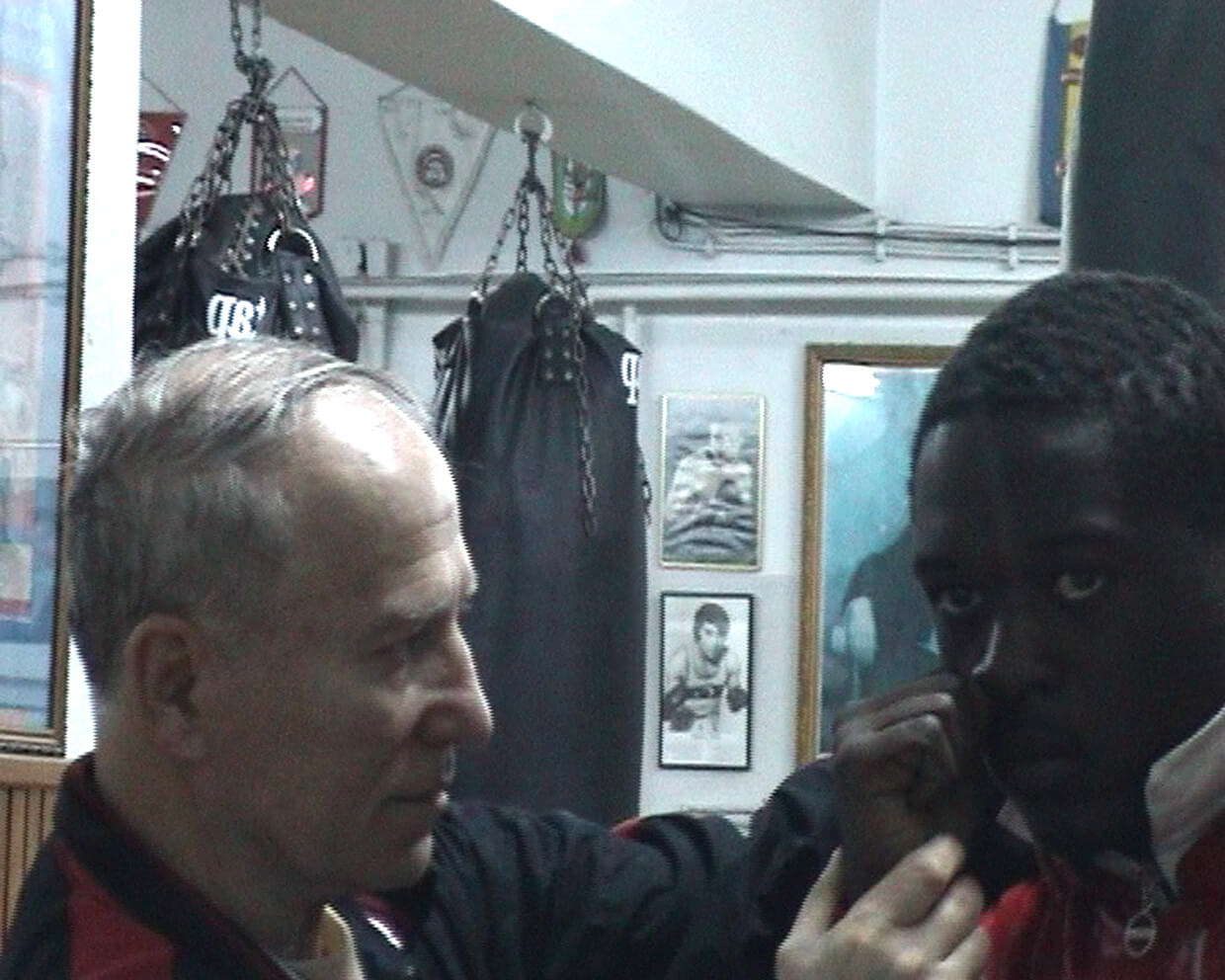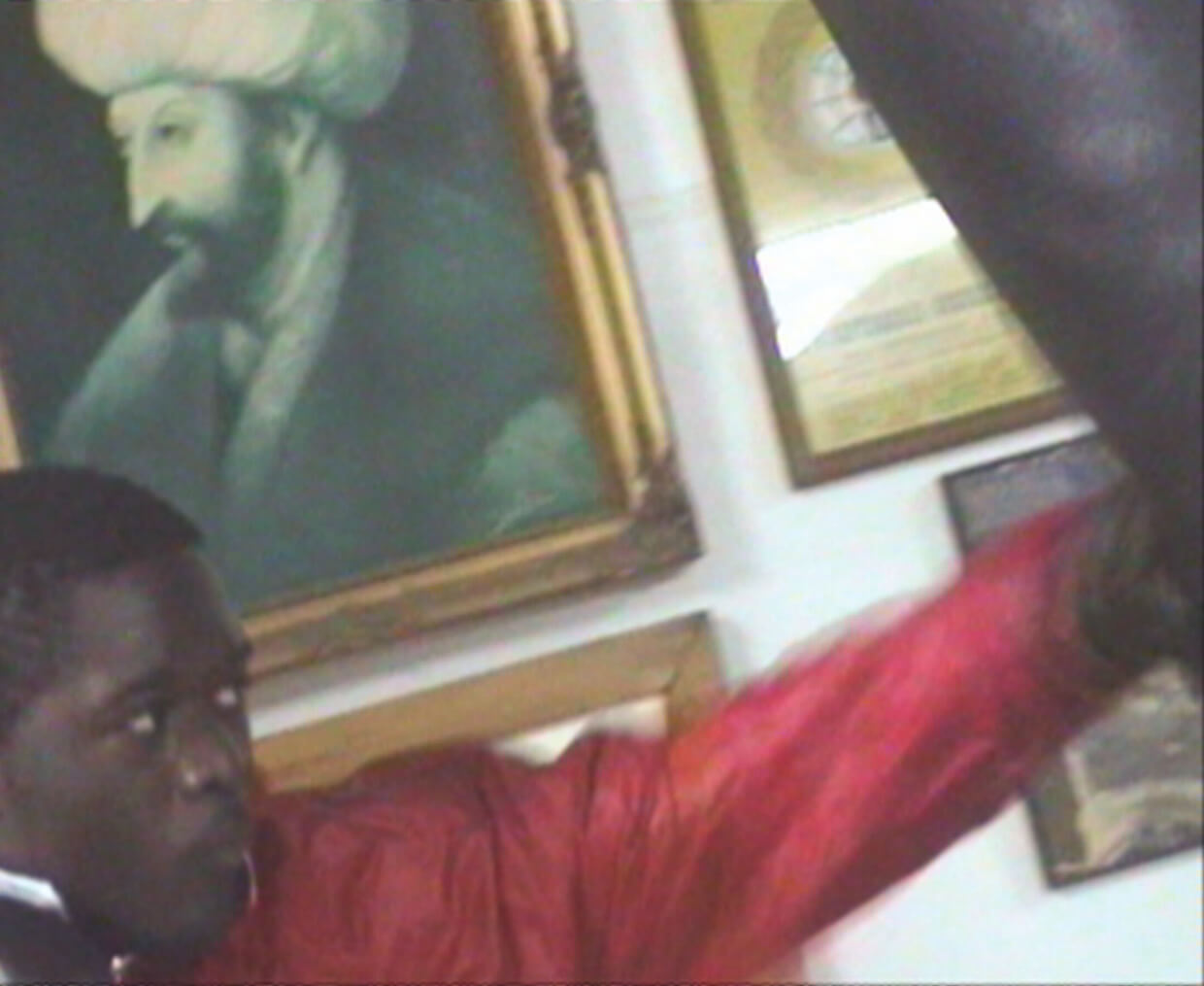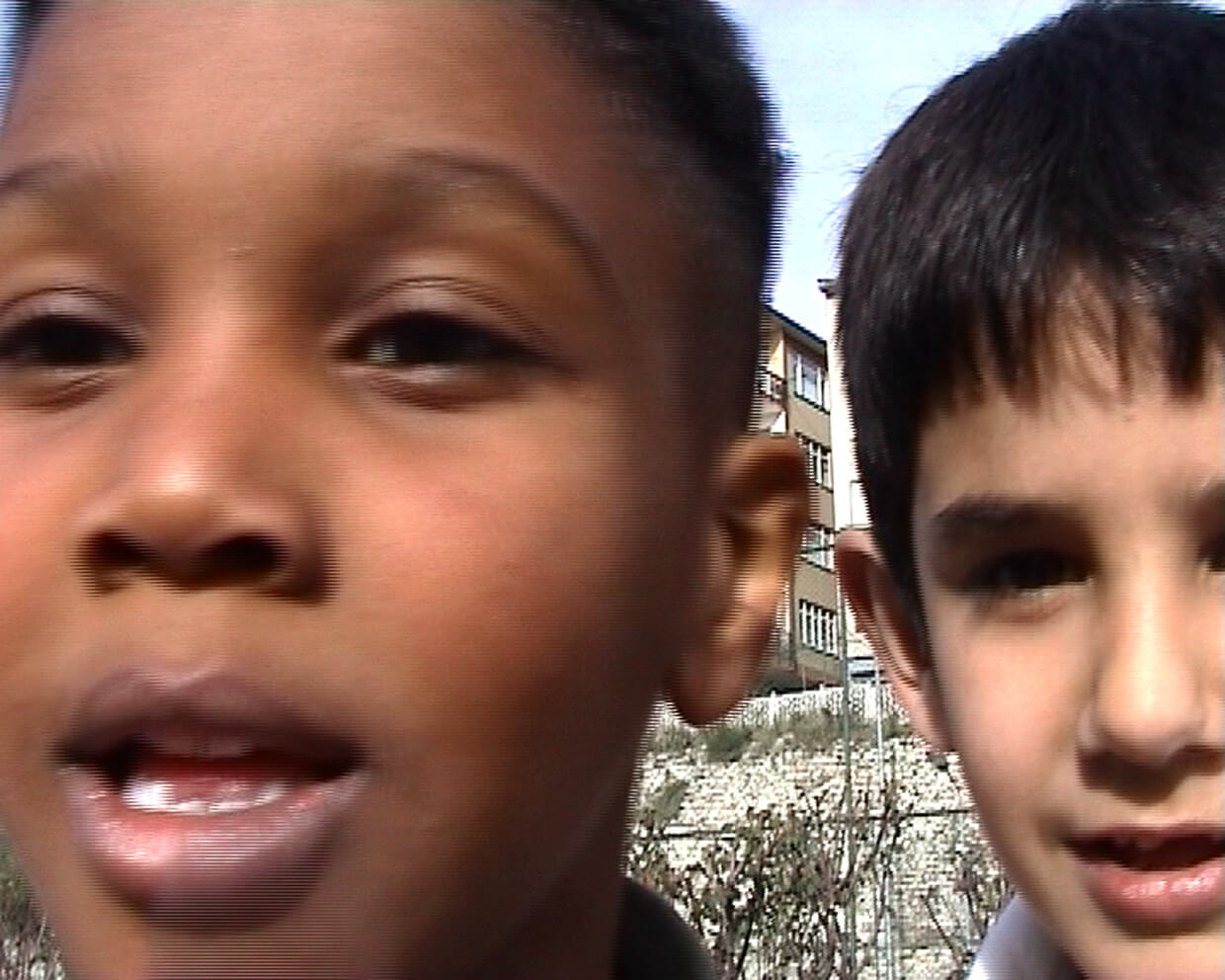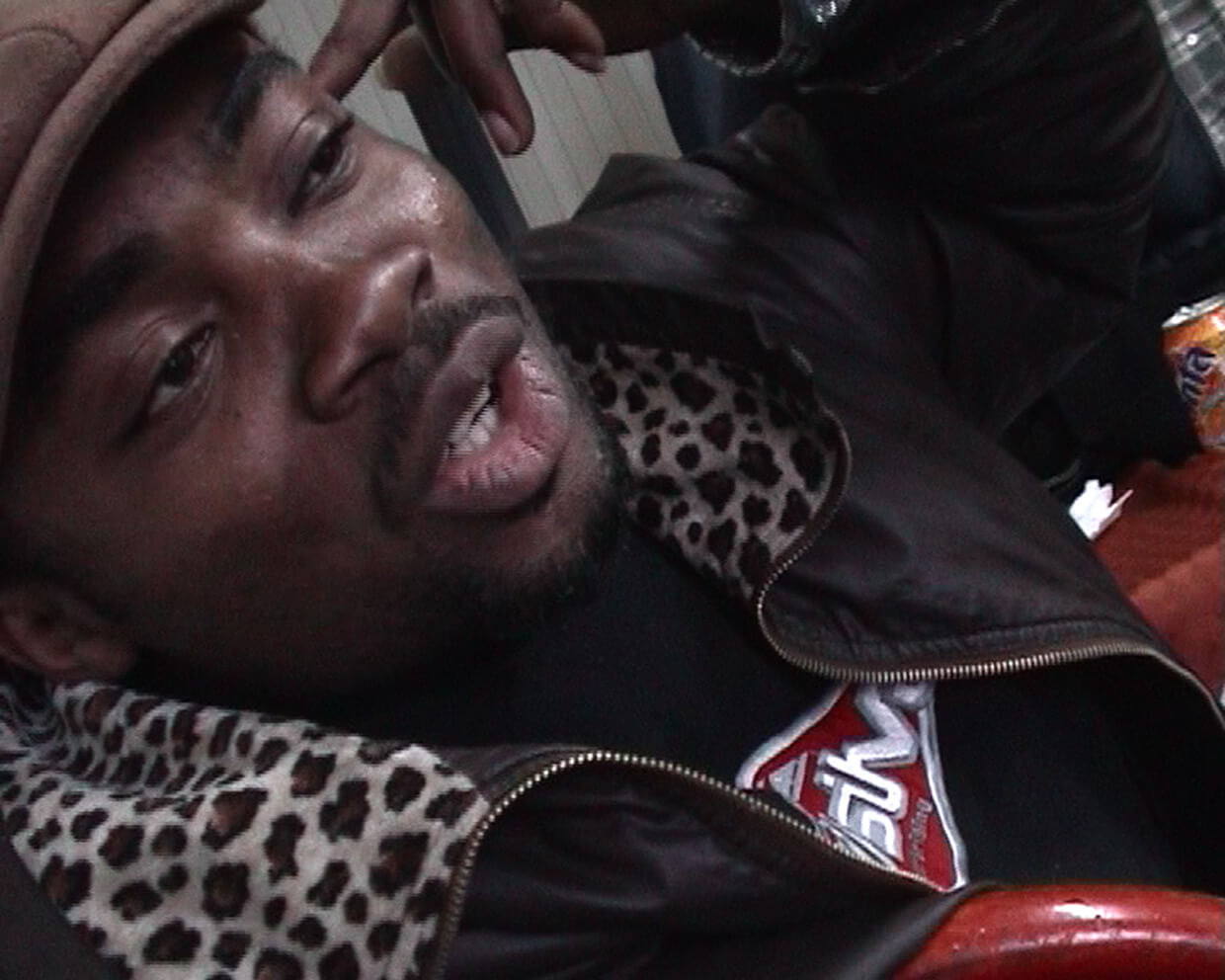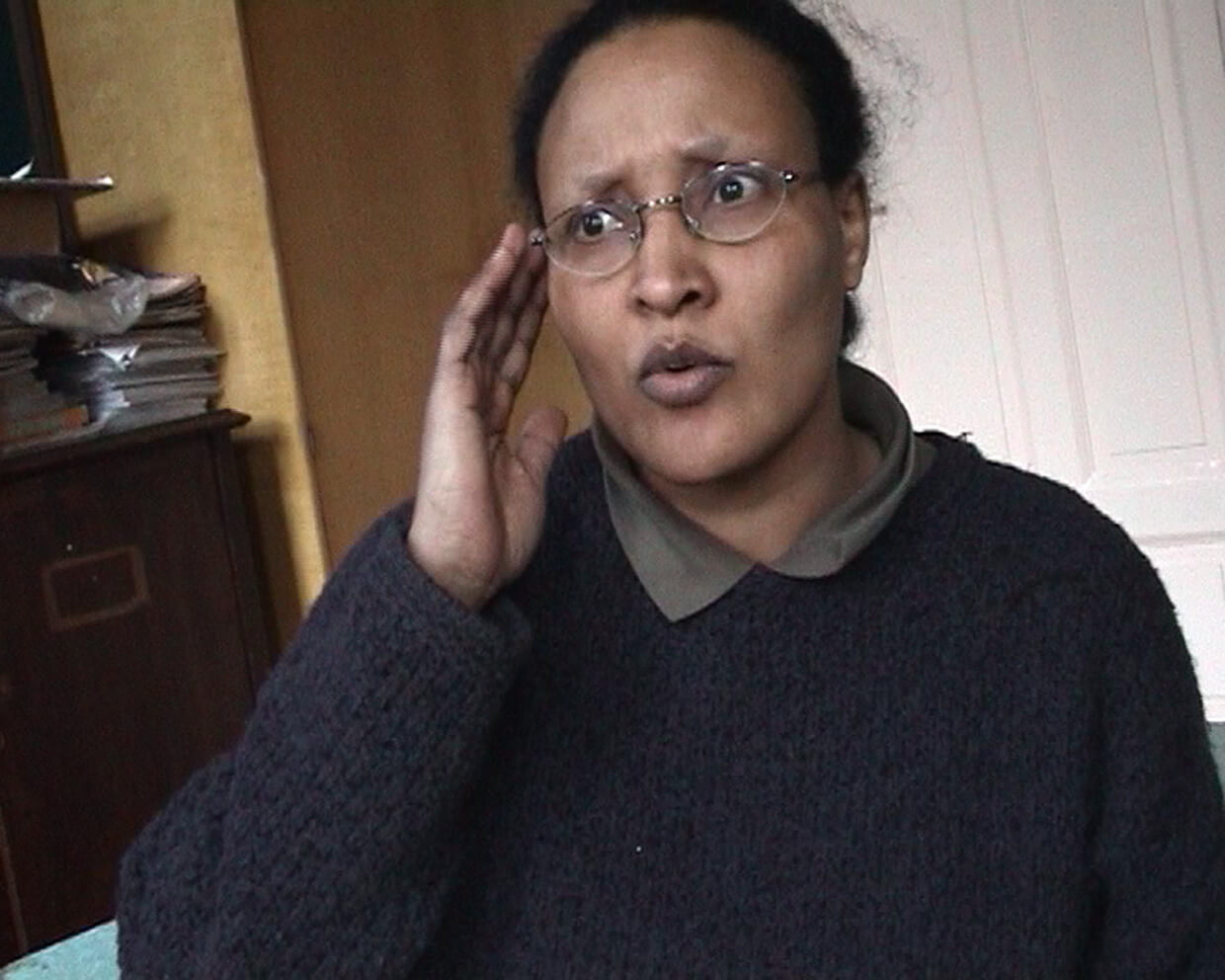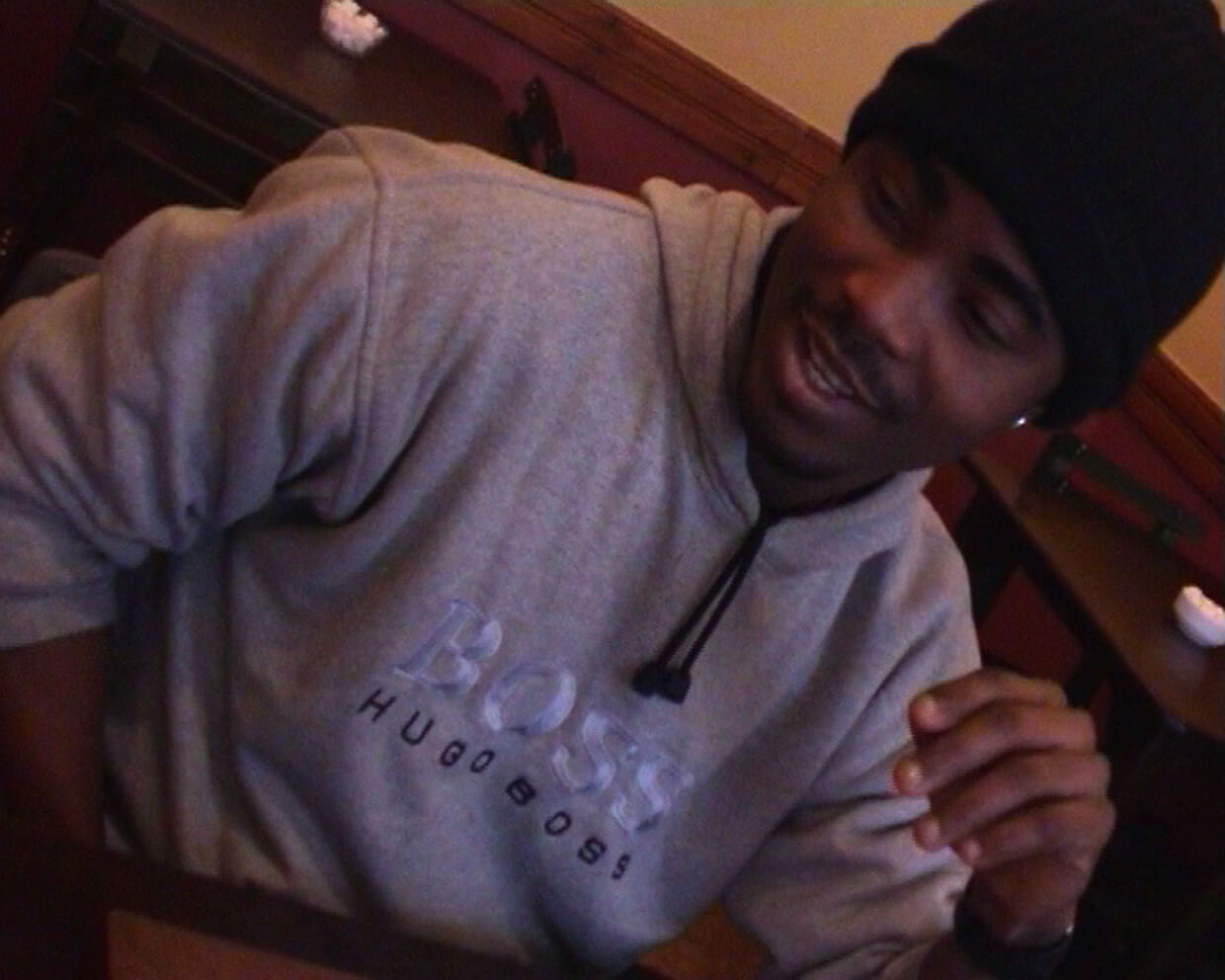2003, video, 23’20’’
Developed for Platform Garanti Contemporary Art Center, Istanbul
| / |
The video Brothes and Sisters is the result of many months of work in collaboration with a group of African immigrants in the city of Istanbul. The work reflects on the urban experience and the perception of the city space by people normally marginalized from community life, illegal immigrants living temporarily in Turkey before moving on to Western European countries. The transitory status of these immigrants influences the way they use the urban fabric (houses as camps, meeting places…) and the characteristics of their identities, divided between their own traditions and a future social position.
In Brothers and Sisters the issue of identity related to “space” especially “transit spaces”. The artist focused on the transformation of the identity of subjectivity with relation to space. According to the documentation (video) most interviews in the video revealed the definition of urban space based on the background of ethnic, national and hybrid culture that is shaped also with temporary habitation. Ersen had asked the African immigrants and refugees to define a space in Istanbul where they feel comfortable and also could connect with a “sense of belonging”.
They impressed their feeling that they feel very safe and familiar in McDonald’s shops, which are spread out in the city centers. They said that they feel these McDonald’s shops are the places that do not carry any distinct identity and feel that they are not in Turkey but in any country of the world. They also gave other examples of big shopping centers such as Profilo (shopping mall) or Akmerkez (shopping mall). So, these people define the consumption spaces not as “an actual consumption” in their original meaning but a place where they define “a new identity according to their no mad experience related to space”.
Tepebași and Kasimpașa are the most heterogenic marginal parts of Istanbul. The habitants of these places consist of a lot of marginal groups and minorities from different ethnic, religious, and national backgrounds. In the video one African guy defines these districts as refugee camps. He mentions that a lot of people from different ethnic groups, religions, and nations live in these places tempo rarily. So, perception of the meaning of the urban place differs between permanent citizens and temporary habitants who live in heterotrophic urban places.
The recent migration issue in last ten years transformed the cities. African immigrants’ intention of reaching their utopias (moving to any western countries and using Istanbul as a transit country) creates another heterotopia where they find themselves in-between space in the center of Istanbul (Taksim). The possibility of finding solution to how to live together in city is a vital question in recent urban context. Ersen takes the attention not only on the invisible personas or identities of African immigrants in the city, in Istanbul and in public spaces but also questions the public space in respects of being together.
